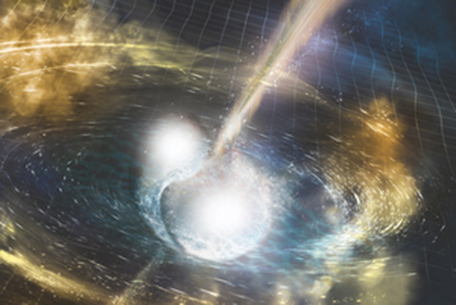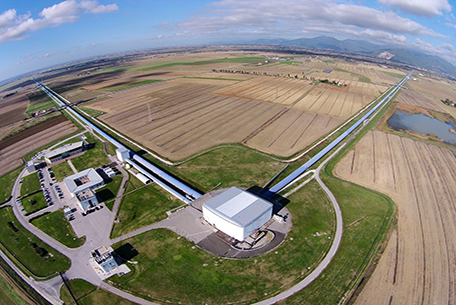Within the two interferometers, platinum-based RTDs are used to monitor the temperature of the mirrors to ensure they are sufficiently heated to maintain their carefully calibrated curvature before the laser beams are directed down each arm.
LIGO is operated by the California Institute of Technology (Caltech) and the Massachusetts Institute of Technology; both also led the design and construction of the project which started in 1994, with an upgrade taking place in 2014.
Rich Abbott, an engineer from Caltech who has worked on the LIGO project for 25 years, says:
“LIGO is an extremely precise measuring device capable of resolving very small changes in length, as this is the way a gravitational wave manifests itself as it passes through earth. To get an idea of the precision necessary, I liken LIGO to a weighing scale that could weigh all the sand on all the beaches on earth and yet be sensitive enough to detect when one grain of sand had been removed.”
LIGO has had amazing success in recent years. In 2015, it directly observed gravitational waves that resulted from merging black holes approximately 1.3 billion light-years away and 1.3 billion years ago, confirming a major prediction of Albert Einstein’s General Theory of Relativity and opening an unprecedented new window onto the cosmos.
In 2017, the observatory recorded another first with the detection of a collision of two neutron stars, which enabled the simultaneous detection of optical signals using conventional telescopes. Earlier this year, LIGO and its European counterpart Virgo detected what is thought to be a collision between a neutron star and a black hole, an event not witnessed before.


